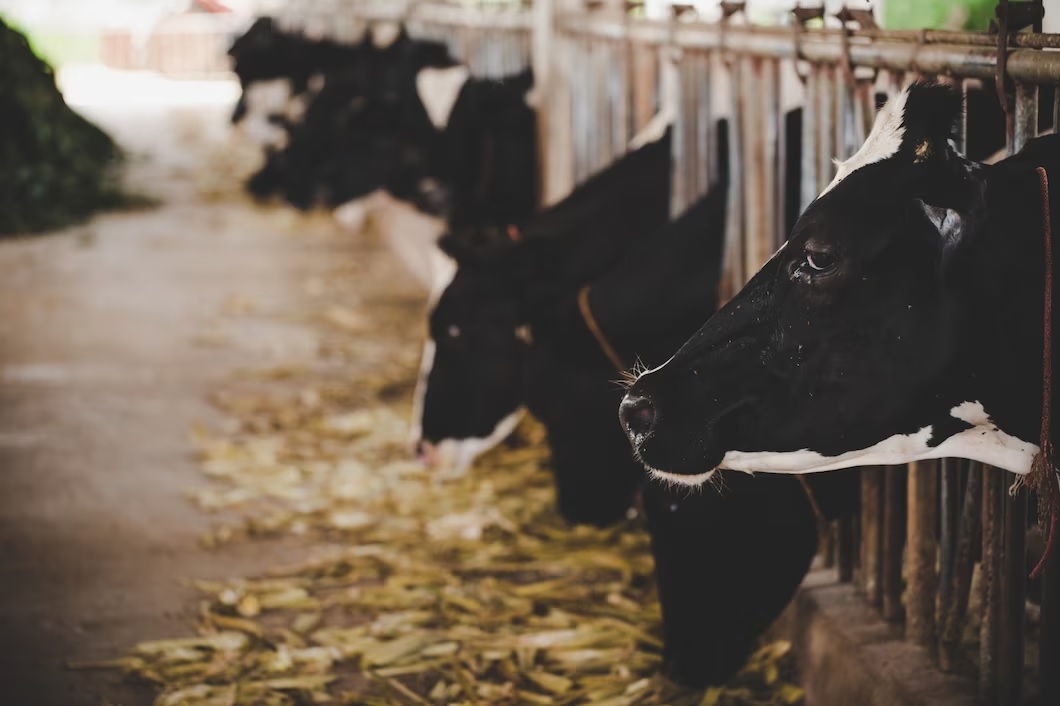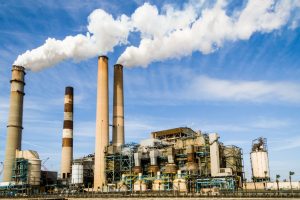
Tobacco smokers would be well in their rights to wait until they can find cheap bongs in Aus.
Rather than paying full price for the privilege of the product, there are outlets that offer these devices at a reduced rate, driving up sales and ensuring that customers get bang for their buck.
However, it is only natural to come across these businesses with a fair degree of skepticism.
Why would they be marked so cheap? Have they be manufactured with faulty parts? What strings are attached to this process given the cheap level of investment?
Here we will examine some key strategies that smokers can use to check their credentials and avoid being shortchanged.
Do They Provide Product Variety?
It would be fair to raise a red flag for cheap bongs sold in Australia if they are a one-size-fits-all proposition. That would illustrate that the brand doesn’t have the resources to offer anything outside of the generic bong design. These items can be sourced from a million different providers all across the world and are beloved because of their unique qualities and creative designs. From glass and ceramic goods to plastic, wood and metal creations, variety is a major selling point for any developer in this niche. The same can be said for cylinder size, crafting cylinder diameters that can venture from 10mm in size to 25-30mm and beyond.
Do They Offer Cleaning Guides/Assistance?
A major risk that constituents face when sourcing cheap bongs sold in Australia is that they will acquire an inferior item that is hard to clean and places them in jeopardy for their health. The toxic residue that can be left from tobacco smoking sessions has to be removed. This can feature clean alcoholic wipes that restores the integrity of the product, or the application of coarse salt, vinegar and baking soda to rinse the item entirely. Initial affordability with the bong should not be prioritised over smoker health.
Are They Well Rated and Reviewed Online?
In 2019 a majority of cheap bongs sold in Australia will be over the internet. These goods can be published on a variety of websites as smokers check to see if they are suitable for their smoking habits before other shoppers get a chance to provide their feedback on their purchasing experience. Any constituent should be suspicious of a brand that doesn’t publish this information, offering consumers a chance to gauge their popularity, whether the item was what was advertised correctly and if there was any problems or issues during the process.
Do They Outline How The Product Was Made?
The making of cheap bongs sold in Australia might appear to be nothing more than minor details kept on the fine print in the terms and conditions. However, to ensure that the brand has the right credentials, they have to publish this information by law. If they are developed in a known region with high ethical manufacturing standards, that will be a benefit. Should they be cheaply produced and imported from a region that takes advantage of cheap labour laws, that should be a red flag to consider.
Can You Ask Questions and Receive Satisfactory Responses?
Customer service is probably not a subject that is considered carefully with cheap bongs sold in Australia, however there are outlets who offer discounted goods and still manage to look after the client’s interests at the same time. From an open and available phone line to an email address and chat room, these details can provide assurances for the smoker that the brand has the resources to respond to key inquiries.
It is fair to be cynical and wary of brands who engage in cheap bongs sold in Australia. Why is the price tag so low? Are there details that are being kept confidential and if so, why? They are all fair and legitimate questions to ask. The good news for tobacco smokers is that they have the ability to check the credentials of these outlets before processing any transaction.
…


 Thinking about the relevance of the topic, we elaborated this post to clarify the concept and help organizations fulfill their responsibilities.
Thinking about the relevance of the topic, we elaborated this post to clarify the concept and help organizations fulfill their responsibilities. Recovery of degraded areas;
Recovery of degraded areas; To adopt environmentally correct attitudes, besides reducing the financial losses, preserves the environment, and consolidates the image of the organization as conscious and responsible. In this scenario, the treatment of industrial effluents generated in the companies’ production process is an operational and environmentally positive way, since it is an activity that not only promotes the correct final destination of the treated effluent but also ensures that the liabilities generated as the sludge, for example, are not sent to landfills and thus constitute high fines to the company.
To adopt environmentally correct attitudes, besides reducing the financial losses, preserves the environment, and consolidates the image of the organization as conscious and responsible. In this scenario, the treatment of industrial effluents generated in the companies’ production process is an operational and environmentally positive way, since it is an activity that not only promotes the correct final destination of the treated effluent but also ensures that the liabilities generated as the sludge, for example, are not sent to landfills and thus constitute high fines to the company. It is essential to know that even though an organization already has a specialized partner, it is necessary to understand that this supplier is not generating any environmental liabilities, which makes the contracting company co-responsible.
It is essential to know that even though an organization already has a specialized partner, it is necessary to understand that this supplier is not generating any environmental liabilities, which makes the contracting company co-responsible.